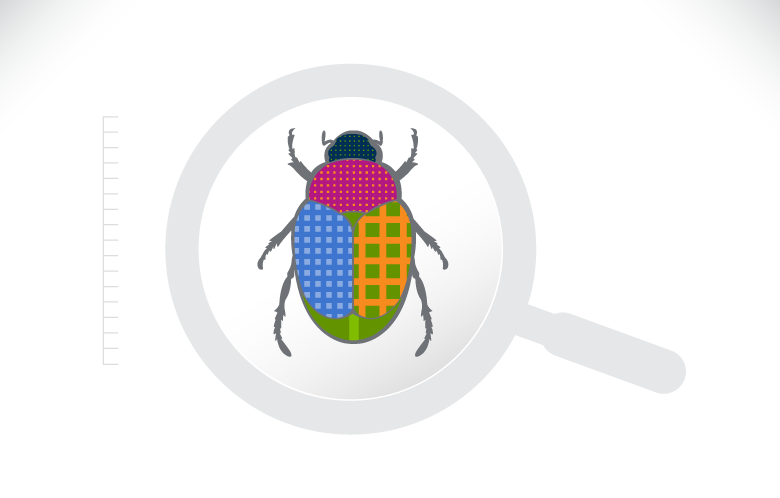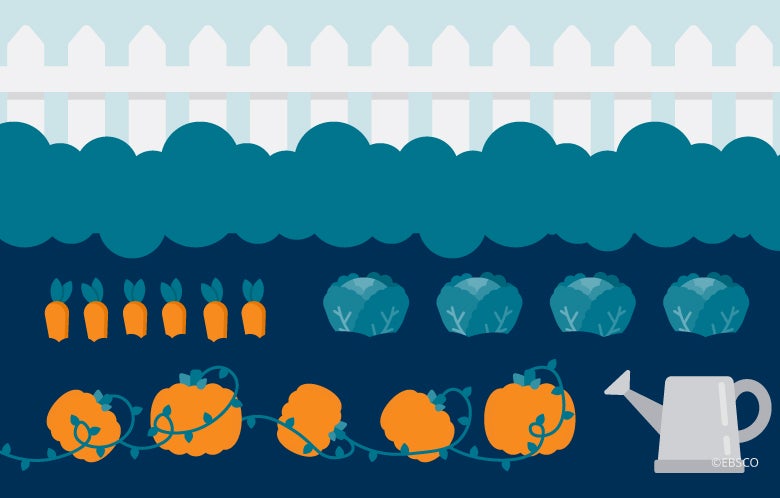When you think of September, you probably think of kids going back to school, crisp autumn air, and the changing of leaves. But did you know that September is also Environmental Awareness Month? And that September 26th is World Environmental Health Day (WEHD)? The theme for this year’s holiday is Global Environmental Public Health: Standing up to protect everyone's health each and every day. With this theme comes interdisciplinary topics that go beyond environmental health, such as pollution, socioeconomic status, and overall community health. CAB Abstracts with Full Text provides end users with access to high-quality content across the applied life sciences field – including those related to environmental health. Read on to learn more about CAB Abstracts with Full Text and how it can help you and your students ring in the new school year by celebrating World Environmental Health Day.
What is World Environmental Health Day?
The International Federation of Environmental Health (IFEH) is an organization that was created to represent the interests of environmental health professionals across the world. The members of this organization work to spread information about environmental health and support cooperation among countries where environmental issues overlap. In 2011, IFEH declared September 26th as World Environmental Health Day and cited that the day is meant to promote the improvement of environmental health guidelines and recognize the work of environmental health professionals. Each year, a different theme is chosen for the holiday. This year’s theme revolves around understanding environmental risks, how they impact human health, and what steps can be taken toward improving the overall health and safety of our communities.
What is CAB Abstracts with Full Text?
Produced by the international, not-for-profit organization CABI, CAB Abstracts with Full Text is a database that provides users full-text access to applied life science literature. The subjects covered within CAB Abstracts with Full Text span from agriculture and the environment to nutrition and food science. With more than 1,280 active records, this database has academic journals, books, conference papers, and reports from all around the world. The experts at CABI developed this database to provide information to end users to help solve problems within the environment, agriculture, and other spaces in the applied life science field.
“A primary activity of any public health strategy is information sharing. By understanding what the risks are, Environmental Health Professionals can better deploy resources to protect everyone’s health each and every day.”
“A primary activity of any public health strategy is information sharing. By understanding what the risks are, Environmental Health Professionals can better deploy resources to protect everyone’s health each and every day.”
Celebrating WEHD Across Subject Areas
Celebrating World Environmental Health Day is easy with CAB Abstracts with Full Text. Simply searching “environmental health” yields more than 10,000 results. End users can enter additional search terms with the “advanced search” option to yield results across a variety of subject areas. Users can narrow down these results even further by applying search filters to give them the exact information they are looking for. Additionally, users can filter by date, source type, publisher, geography, and publication. By applying these filters, researchers can find the most timely and relevant results in the environmental health subject area. This content can help students celebrate World Environmental Health Day by providing them with literature to expand their knowledge and awareness of current environmental health issues, as well as promote the overall study of environmental health. The literature within CAB Abstracts with Full Text can also help students recognize and celebrate the work of environmental health professionals, educators, and other students in the field. But as we can see in the theme of this year’s World Environmental Health Day, environmental health is an interdisciplinary subject that can span across a variety of related topics.
Public health, risk factors, and health hazards
One of the main components of this year’s theme for WEHD is the relationship between environmental health and public health. The health of our environment impacts the way we eat, drink, and live. Learning more about the effects our environment has on our health can help researchers and professionals make strides toward improving public health for everyone. Within CAB Abstracts with Full Text, end users can find content on the health effects of environmental disasters, the impact of COVID-19 on environmental health, public perception of environmental public health risks, and more. The database contains global information that can assist researchers in understanding how the health of our environment can influence our own physical and mental health. This content comes from a variety of publications, such as the International Journal of Environmental Research and Public Health, BMC Public Health, and the American Journal of Public Health.
Pollution, water quality, and contamination
Alongside the subjects of public health and environmental health comes the topic of pollution. This can range from soil pollution that affects food production to air pollutants within households to contamination of drinking water. Pollution is a subject area that directly interacts with the topics of public health and environmental health, and CAB Abstracts with Full Text provides literature that extends across all three subject areas. The database provides users with links to full-text journals on topics such as heavy metal exposure via food consumption, the relationship between air pollution and tuberculosis, and alternate water supply sources. Researching these topics and more can further help students understand the interdisciplinarity of environmental health and work to improve aspects of public health in relation to pollution. Some featured publications on this topic include the Journal of Water and Health, the Journal of Hazardous Materials, and the Journal of Health and Pollution.
Urban areas, developing countries, and socioeconomic status
Another intersection of public health and environmental health falls at the subject of societal factors. Exploring the different ways in which public health and the environment are impacted by different communities and populations – and vice versa – can help researchers comprehend the current state of our environmental and public health and move towards improvement. Some areas that have been explored include environmental economics in developing countries, facilitating health services among various countries, and access to handwashing in low-income countries. Featured publications include the International Journal for Equity in Health, the Journal of Urban Health, and the Bulletin of the World Health Organization.
Overall, CAB Abstracts with Full Text is a resource-rich with high-quality literature that spans a variety of applied life science subject areas. In celebrating World Environmental Health Day, end users can take advantage of CABI’s interdisciplinary and international content to further expand their knowledge of environmental health and its relation to public health. Access to peer reviewed, full-text journals is an efficient way to begin making moves toward advancing public health care for all. The president of the IFEH, Henroy P. Scarlett, states in a letter, “A primary activity of any public health strategy is information sharing. By understanding what the risks are, Environmental Health Professionals can better deploy resources to protect everyone’s health each and every day.” CAB Abstracts with Full Text is a go-to source for information sharing for environmental health, public health, and much more.



